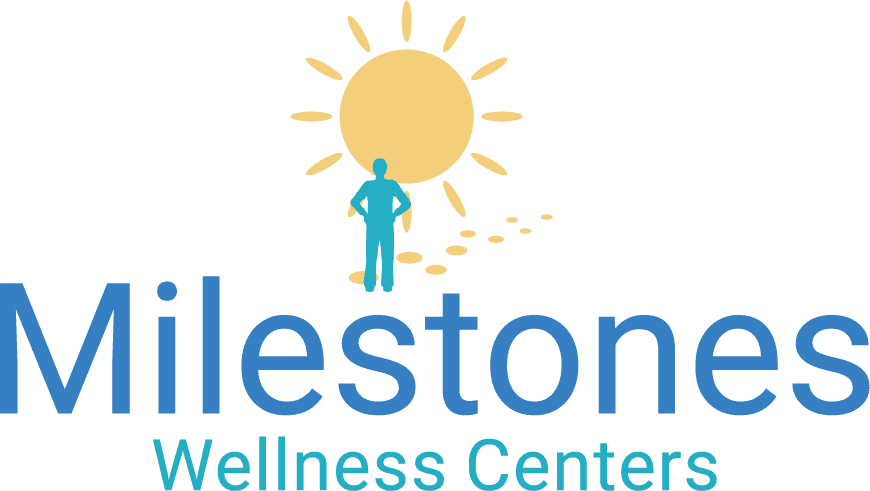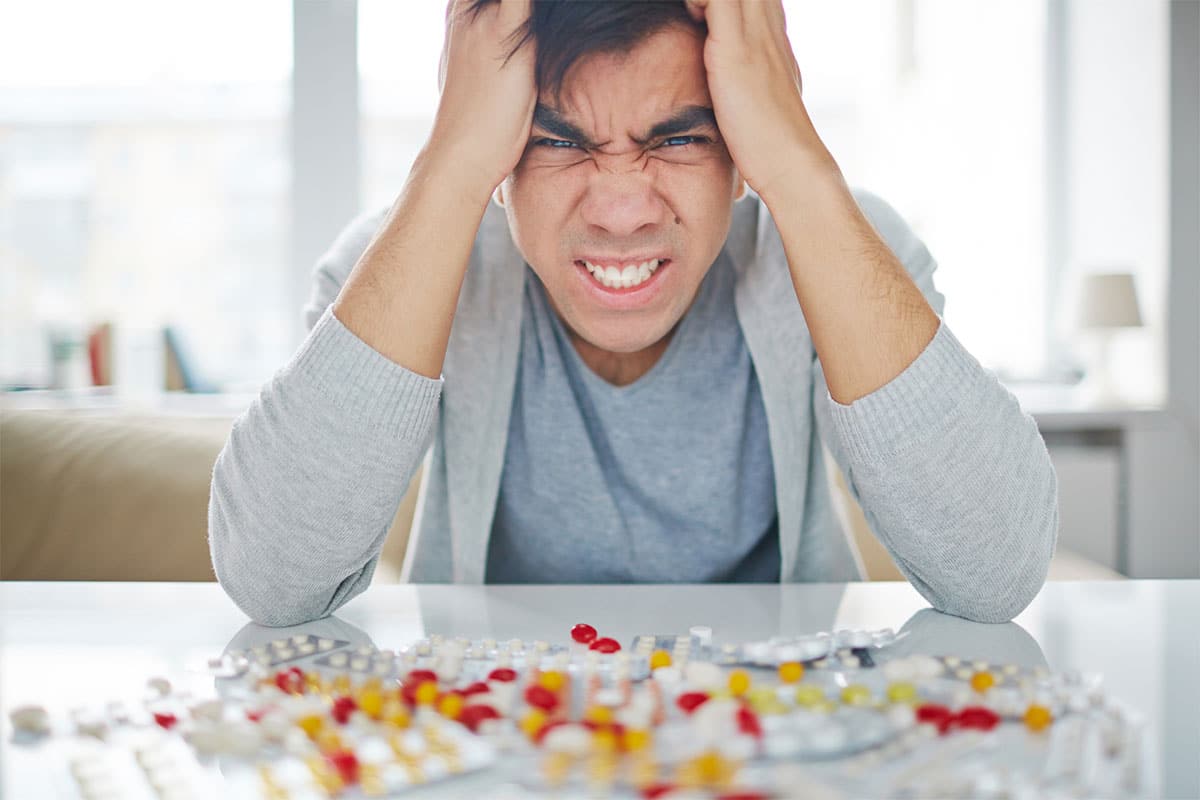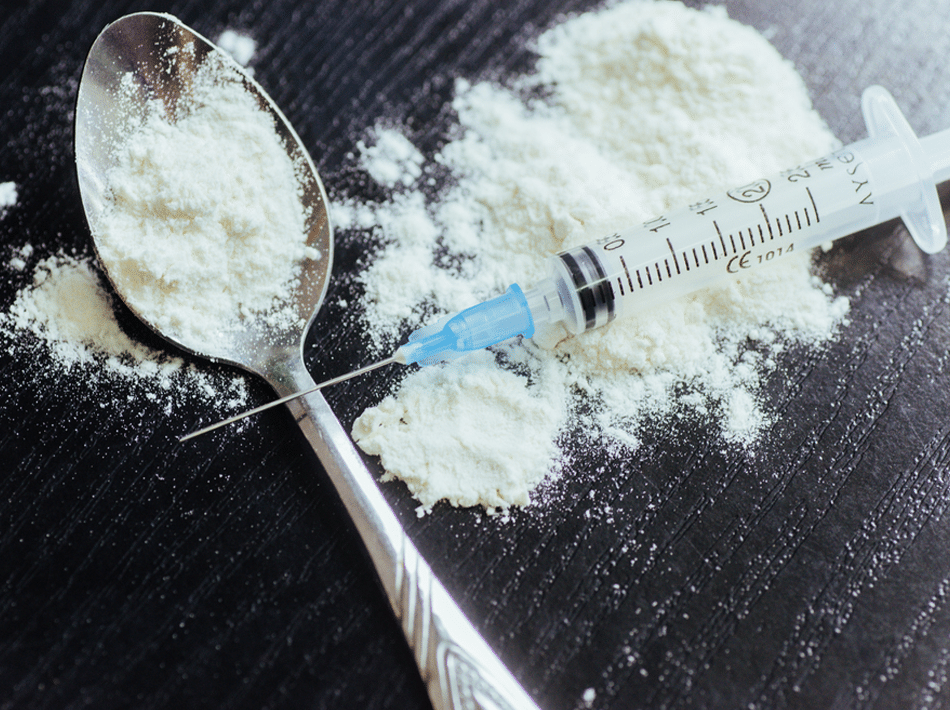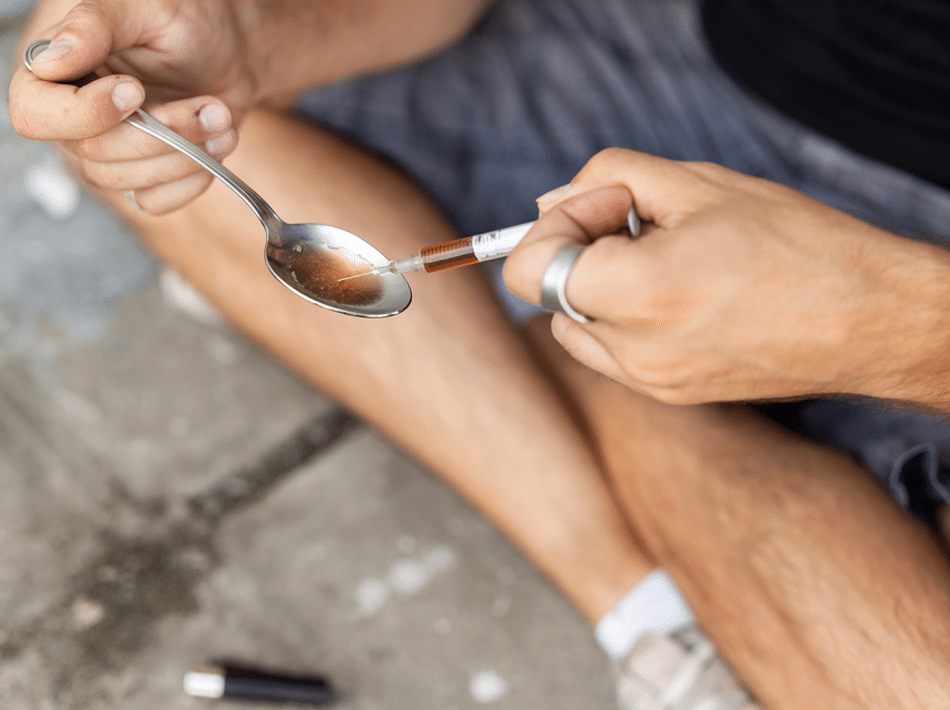Detoxification: Overcoming Withdrawal and Eliminating Opioids from the Body
The first step in opioid and/or opiate recovery regardless of if you are going to use medications to assist with recovery or not, is detoxification. For this blog the word opioid will be used, however opioid and opiate withdrawal are identical. The difference between opioids and opiates are rather simple. Opioids are synthetic or partially synthetic drugs such as that of Fentanyl. Opiates are naturally occurring substances such as that of morphine or heroin. However, in recent years many opiates are often mixed with other substances such as that of Fentanyl therefore making them opioids. Opioid detoxification varies is severity pending the person and the length and amount of opioids and/or opiates being consumed. Often once a person has become physically addicted to opioids, they will be in a position in which withdrawal symptoms will be present when opioids are no longer being consumed.
There is medically assisted detoxification for opioid addiction, however, is often not required for detoxification from opioid use disorder. As the withdrawal symptoms may be severe and extremely unpleasant, in most cases the withdrawal symptoms are rarely life-threatening from opioids. It is important to note that withdrawal symptoms due to physical dependency on alcohol or benzodiazepines can be life-threatening and do require medical detoxification. Many individuals seeking to end their opioid usage often have problems making it through the detoxification stage due to the severe symptoms which can include, hot flashes, cold flashes, goosebumps, runny nose, diarrhea, irritability, anxiety, insomnia, muscular pain, abdominal pain, restlessness, shivery, sweating, among other discomforts. Due to these symptoms medical detoxification has advantages as with medical assistance these symptoms can be assisted and minimized. All depending on the symptoms a person is noticing will guide a multitude of adjunctive medications in a medically assisted detoxification. Some of these medicines used are those that target the noradrenaline system, such as lofexidine and clonidine. Other medications can be antispasmodic for abdominal cramps, benzodiazepines for anxious feelings, and antipsychotics for feelings of agitation or to sedate the individual.
After the physical withdrawal symptoms have passed, often individuals that have suffered from opioid use disorder still will experience some discomfort usually in the realm of restlessness and depressed mood. This is due to the body taking time to get back to producing the levels of dopamine (which control many of our feelings, drive, and mood). Also, many individuals will still have cravings to use opioids after withdrawal which can last for a sustained amount of time. This is when the use of medications such as Buprenorphine, commonly referred to by the brand name Suboxone, can be of great assistance. There are two main variations of Buprenorphine products, specifically those that contain the substance Naloxone, which is an opioid antagonist, such as that of Suboxone. This is the preferred variation of the Buprenorphine products due to the advantages the Naloxone serves in assisting with recovery. Naloxone assists in the event a person has a relapse or lapse in their recovery. The Naloxone can prevent opioids from working while it is presently in a person’s system, therefore assisting in recovery and stopping potential overdoses which are more common with relapses.
Withdrawal from opioids will be different for everyone, but there are some variations in length pending the type of opioids and/or opiates that the individual has became physically addicted to. Short acting opioids, such as heroin, a person will notice withdrawal symptoms in 6 to 12 hours after last usage. Longer acting opioids, such as methadone, will have withdrawal symptoms after 24 to 36 hours after last usage. As with the variations in the amount of time till withdrawal effects there are differences in the amount of time the substances will stay in the system. Short acting opioids usually remain for 24 to 48 hours and long-acting opioids potentially last for up to five days. This is important to know as a person cannot start on medication assisted treatment with Suboxone until all opioids and/or opiates are out of the person’s system, or a precipitated withdrawal will happen.
Residential Treatment Programs: Providing a Safe and Supportive Environment
Residential treatment programs, more commonly referred to as in-patient treatment programs, provide the highest level of care for a person starting their recovery from opioid use disorder. Most of these facilities will offer medically assisted detoxification among many other great benefits. The stay at such facilities will range from a few days to months, with the most common length being four weeks or 28 days. A very common problem for many entering treatment is the temptations to use when cravings arise even after detoxification, which these residential treatment programs offer a safeguard against. During the beginning of a person’s recovery in this treatment they will not have the ability to obtain substances providing a crucial start to with obtained time of abstinence. Often many people also have many “triggers” which can cause cravings which are often related to people, places, and things. Again, it is this level of treatment which safeguards a person from many of those triggers for substance abuse.
While attending an in-patient residential treatment program the person will have access to frequent and daily group and individual therapy, which will be discussed later in detail. During a stay at in-patient treatment the person is removed from many of life’s everyday stressors, which in of themselves can easily be triggers, such as work, daily chores, pressure from others in our lives, or anything outside of the treatment facility’s grounds. Often those suffering from opioid use disorder will have other co-occurring disorders such as depression or anxiety, which can be addressed while attending a residential treatment program.
Individual and Group Therapy: Addressing Underlying Issues and Building Coping Skills
Both individual and group therapy are of great assistance to those in opioid addiction treatment, especially in the beginning of treatment. This is not saying that frequent therapeutic interventions are needed indefinitely but during the beginning stages of recovery they will play an important and crucial role in the success of the recovery from opioid use disorder. Many of the therapeutic topics needed in recovery are covered in both individual and group therapies, but there are some fundamental differences. Here we will discuss the shared and different areas in brief. To start we shall discuss the similarities. Both therapeutic interventions will assist a person with learning about the stages of recovery, such as the Stages of Change or Transtheoretical Model. In therapy a person will also explore the areas of triggers that cause some of the cravings of opioids. These areas will be different for all individuals but there are commonalities often between many if not the majority of those with opioid use disorder. The most common triggers are stress, challenging emotions, feelings of loneliness, being tired, anger, social anxiety, life stressors such as work, and romantic relationships.
In both group and individual therapy, a person will also learn education about substances. They will learn how the drugs affect the brain and body which will assist a person in fully understanding how the addiction has a hold on their life. People will learn to address their feelings in a safe and secure environment, free from being judged and knowing all feelings have value. Group therapy is great in helping others know that they are not alone in their struggles with addiction. During group sessions people will get to discuss their problems with addiction in many areas of life from how it has negatively affected their life after being addicted to what caused the addiction. This is important as it is often consoling to know that we are not alone in this world, even if bonding under such unfortunate circumstance. As it is not intended for this reason, often people will find someone else in a group to have a story of their addiction that is worse than their own. It is not good to compare ourselves to others in such a manner, this does have an unintended therapeutic benefit.
Individual therapy sessions offer a person a completely private and secure area to discuss their needs, past, triggers, and problems with a trained professional. During such sessions a therapist can assist in guiding a person to understand areas that have caused and continued their addiction. This guidance can be crucial as we are not always aware of all our own motives, triggers, and causes without some professional guidance. As mentioned previously many suffering from opioid use disorder also suffer from co-occurring disorders. A professional therapist can assist in identifying any co-occurring disorders which in many circumstances are part of the cause of the addiction. Treating any co-occurring disorder is of the highest importance both for successful recovery as well as to have a better quality of life. While in a residential in-patient treatment program they can assist with other disorders and even medications to help with such disorders as well as with the opioid use disorder.





